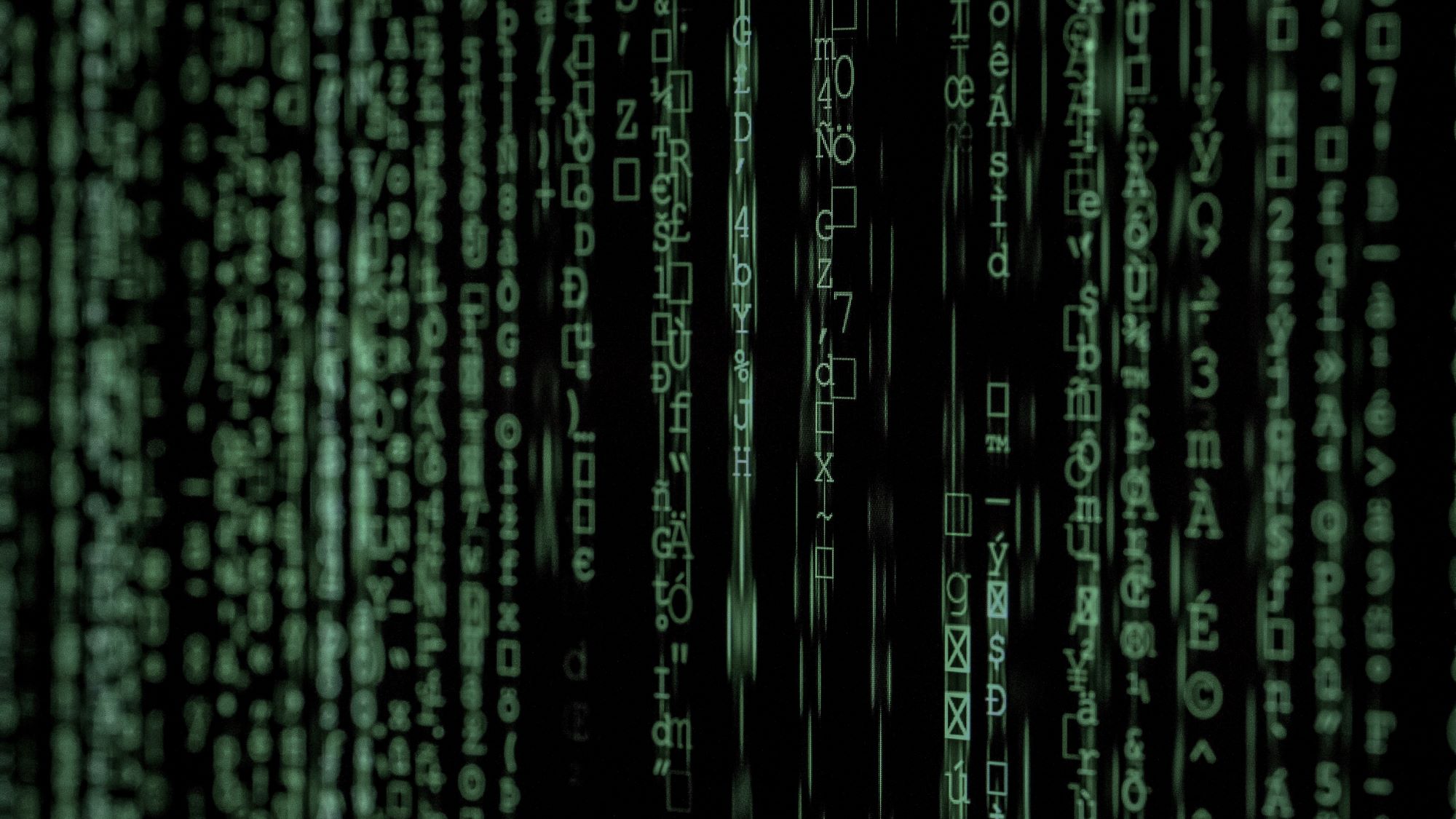Intro
Since 1970, humanity has wiped out more than 60% of all animal populations. But we started way earlier: examples of human-driven extinction date back more than a hundred thousand years.
For example, the arrival of humans to South America is the most probable reason why the animal called, the giant ground sloth, went extinct about eleven thousand years ago.

So what's this got to do with differential equations?
They let us calculate how many animals of a given population there will be at some point later in time. We only need to know how many we start with and how the amount changes.
Concept
We start out with 1000 giant sloth in a region.
Humans kill some sloths for food. Some sloths enter and leave the area, some are born, some die. This makes up the rate of change of the sloth population.
If we know the rate of change, the derivative, of the sloth population, we can find out how many sloth there will be at any point in time.
A first order differential equation relates a quantity to its rate of change
Expressing the varying sloth population mathematically is the same as formulating the differential equation for it.
The solution is a function, as opposed to a value as we are used to when solving equations. Think about it for a second: instead of one little number, we get a map that can for any point in time tell us the value we look for!
Math
This is a homogeneous differential equation of first order:
That it's homogeneous means that its right hand side equals to zero.
The solution to this equation is always:
The is as usual some constant. Whilst it's a bit tricky to prove, verifying this can be done in only two steps:
First, take the derivative of . We get:
Second, plug this into the equation:
This also happens to be the unique solution to the equation.
Separable differential equations
What is a separable differential equation?
Differential equations describe how a function and its rate of change interact. They contain both the function itself and one or more of its derivatives.
A first order differential equation contains only first derivatives. That is what the first refers to.
The separable differential equation in its most simple form can look like this:
What makes it separable is that we can arrange it so that the and terms are separated, staying on different sides of the equals sign.
We often use instead of as variable, as differential equation frequently describe time-dependent systems.
In a separable differential equation, the 's and the 's, can be separated by the equals sign
This is the generic form of a separable differential equation:
An example with gazelles
Let's approach the math from the savanna.
Say we have a bunch of gazelles. Call the number of gazelles . They eat grass and reproduce.
What happens to the population, as the days go by?

The simple equation from the last page with corresponds to a savanna where the grass never ends, and a rate of reproduction proportional to the current population:
The is the proportionality constant.
We shall now solve the equation.
Remember that we are allowed to separate differentials. Making use of this, we rearrange the equation to:
Next, we integrate both sides.
Notice that we can let the constants of both indefinite integrals be included in the . Finally, solving for , we raise to the equation:
comes from using exponential rules and letting . Determining can be done if we know how many gazelles there are at a specific time .
A more realistic example
As long as there is enough grass, the population can continue to grow like this, but if the grass is growing too slow compared to the gazelles' eating it up, the population will stop growing.
Likewise, if there are too many gazelles at the start, after an unusually grassy period, some will die from starvation as the grass all gets eaten. The population curve will thus fall.
This system therefore has an equilibrium, at which the number of gazelles remain constant and equal to some number . The derivative is zero at the equilibrium:

To model this more realistic system mathematically, we have to tweak the equation a bit. Have a look at this one:
Notice how, as approaches , the derivative gets smaller and smaller. If is greater than , the derivative is negative: the population decreases.
This equation may look intimidating at first glance. But it's separable as well. If you try it by yourself, a hint is:
The solution is ...
Here, is the number of gazelles at time .
This model is widely used for modeling population growth. The equation is called the logistic differential equation.
Integrating factor
Solutions to inseparable differential equations
Consider a differential equation of the form:
To solve it using indefinite integrals, we would like to separate all 's and 's into different terms.
If we divide the left side by , we get alone, but we are forced to divide the right side by as well, leaving us with a another mixed term.
With no way of avoiding this mixing, we conclude that the equation is not separable, and we need an alternative method to solve it.
It turns out that this alternative method will still be similar for equations of this form, and it will involve both indefinite integrals and the product rule.
If we find an antiderivative to :
Then is called an integrating factor, and a solution to the equation will take the form:
Let us jump right into an example employing this method, before having a look at why it works, for those who are curious.
Example
A factory located next to a lake is pumping out liquid waste from their production, consisting of water contaminated with 2 grams () of arsenic per liter (), right into the lake where it is mixed with the water that is already there.
During the first hour 1 liter of waste poured out of the factory, but the business is steadily expanding, and every hour () it pumps out one more liter of waste into the lake compared to the previous hour. Mixed lake water leaves at the same rate as the factory adds waste through a small river. Hence, the volume of the lake stays constant at one million liters.

How much arsenic will there be in the lake hours after the factory was put into operation?
Solution:
Let be the amount of arsenic in the lake, measured in grams, as a function of time in hours. We see that arsenic enters the lake at the rate:
and that the contaminant leaves with a rate of:
Then, the rate at which the level increases is given by:
This is nothing but the differential equation we now have to solve in order to answer the question. Notice that we can rearrange it into the form we saw above:
The first step of solving the equation will be to find the integrating factor.
Remember that the integrating factor will be of the form , where is an antiderivative of .
Using the power rule backwards, we find that takes the form:
where we can choose the simplest one with .
Now we are closing in on the solution:
If we assume that the lake was completely free from arsenic before the factory was brought into business, we have the initial condition we need in order to determine :
then we get, and we have found our complete solution, providing us with a function for the amount of arsenic in the lake at time t, measure in grams:

Motivating the method of integrating factor
For those who wonder why on earth integrating factors work in solving differential equations that are not separable, let's dissect the method.
We are given an equation of the form:
Start with multiplying the left side of the equation by the integrating factor we defined earlier:
We then notice that as per the derivative of exponentials, and the chain rule:
So what we had can be written as:
Remember that is the derivative of with respect to , and the form of the expression should ring a bell. As a matter of fact, it is exactly what the product rule gives for:
Notice that all we did was to multiply the left side of the initial equation by , the rest was just rearranging the result. Therefore, we have to multiply by the same integrating factor on the right:
If we now find the indefinite integral of both sides, we get:
Now multiplying both sides by makes appear alone to the left, and we have found the general form of a solution to our differential equation:
Since can be any constant, we can let it be equal to zero, giving us the simplest of the solutions:


